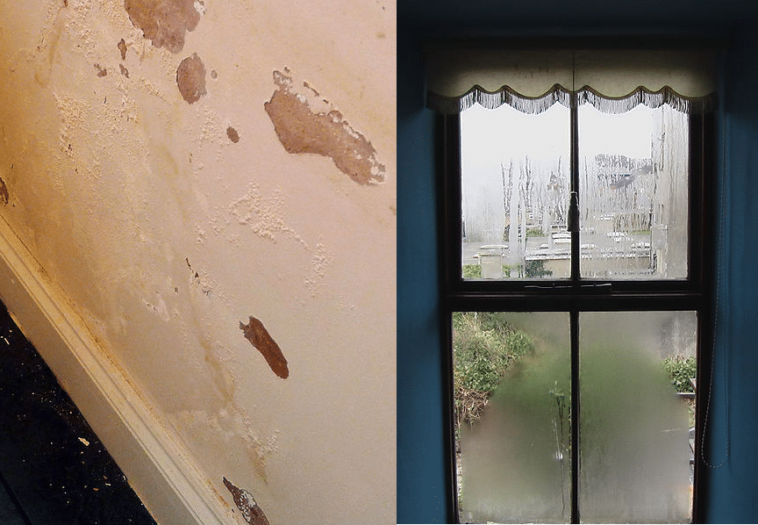Seeing your peeling paint, the cracks in the ceiling, your peeling wallpaper, your worn metal objects or even your windows covered in water condensation, there is no doubt that humidity is giving you a hard time. And when mold gets involved, it’s the straw that breaks the camel’s back! However, if the damage is clearly visible, it can also cause deeper damage. In fact, your appliances age faster and a damp house consumes more energy. In addition, it can cause health problems in the long term. On the one hand, this actually promotes the development of mites and bacteria. And on the other hand, it dries out your mucous membranes, eyes, throat, etc., and makes you more prone to illnesses. Here are some simple tips to combat this humidity in the house and restore good air quality.
1) Focus on natural tips that absorb moisture
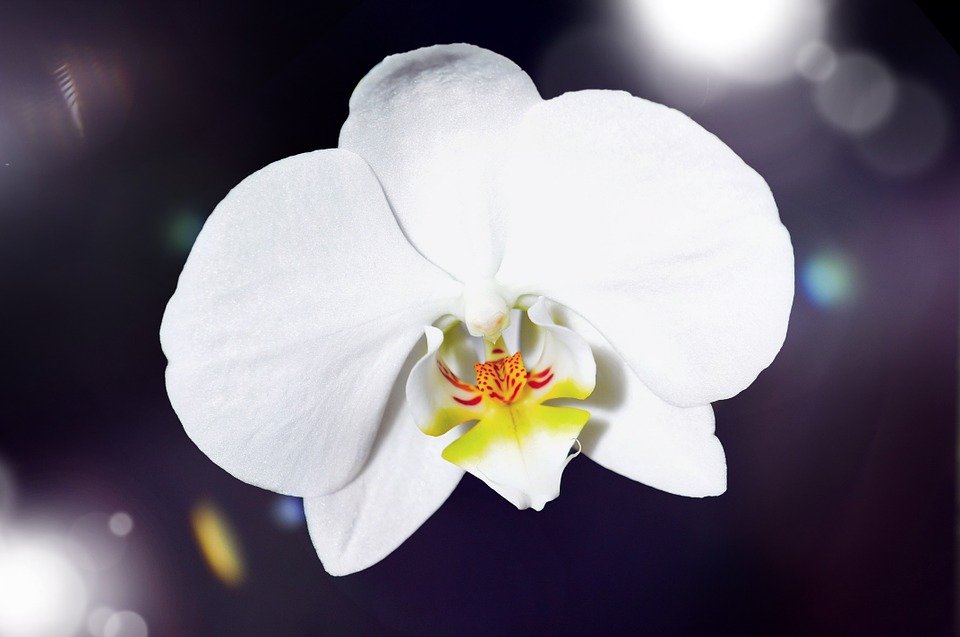
Here, we typically think of coarse salt or charcoal to place in corners of the room! They have good moisture absorption capacity to help dry indoor air. Otherwise, you can also use gum arabic which also has a absorbent power in addition to perfuming and purifying the ambient air. In addition, you can also use one of these three solutions in cupboards or drawers. Finally, the simplest and coolest tip is to install tropical plants to deal with humidity problems. In fact, they love humidity and play a natural dehumidifying role. To do this, you can for example try ficus, fuchsia, indoor ferns or even orchids. Plus, it will brighten up your little cocoon while making it healthier!
2) Let the air circulate well
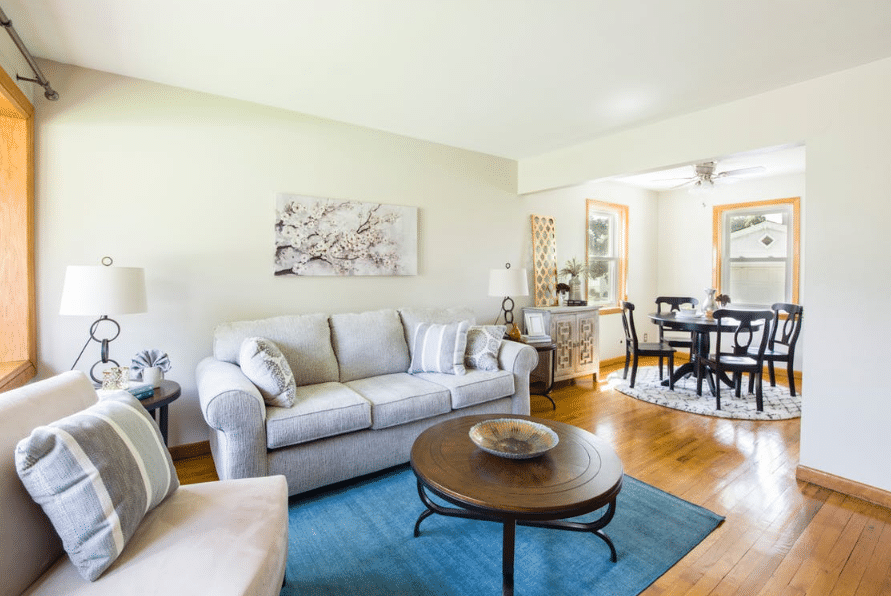
In general, we recommend leaving a few centimeters between walls and furniture. Indeed, this allows easier air circulation. And it’s even more important when a wall communicates with the outside and is very cold. In addition to creating a thermal bridge, this will condense the humidity even more and give rise to the appearance of small molds… Furthermore, avoid coatings too waterproof which do not allow the walls to breathe. This applies to textiles as well as paneling or vinyl wallpaper. Finally, ventilating your interior every day remains THE crucial action against humidity. After all, if we don’t want it to be with us we have to evacuate it somewhere, right? Moreover, 10 minutes is enough, so no excuses ! And we don’t forget to fold down the duvet and pillows to air out the bed along the way.
3) Good heating and heat management
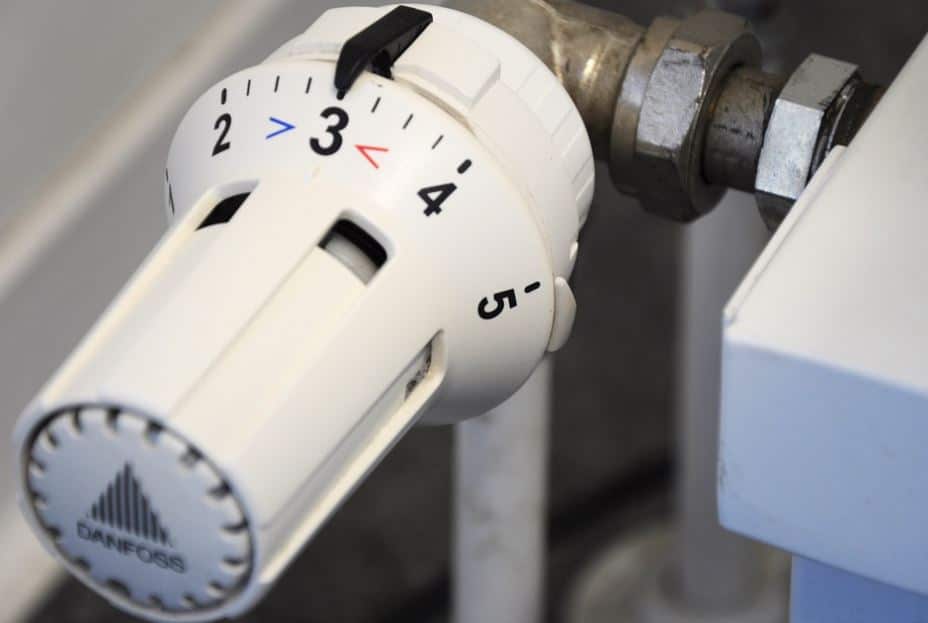
First of all, we advise you to do not create too many temperature differences in your rooms. Therefore, never make variations of more than 4°C during the same day. Furthermore, neither too cold nor extreme heat will do you any favors, because this will definitely create condensation. The ideal will be to maintain a average temperature of 19°C approximately to combine comfort and reasonable consumption! Also, never put damp laundry to dry on the radiator. As for the kitchen where temperatures rise quickly and humidity quickly builds up, there are also techniques. We cover the pots and we ventilate as soon as necessary (opening the oven or dishwasher, throwing boiling water in the sink, etc.). Finally, use your hood carefully every time if you have one!
4) Against humidity in the bathroom (and damp rooms)
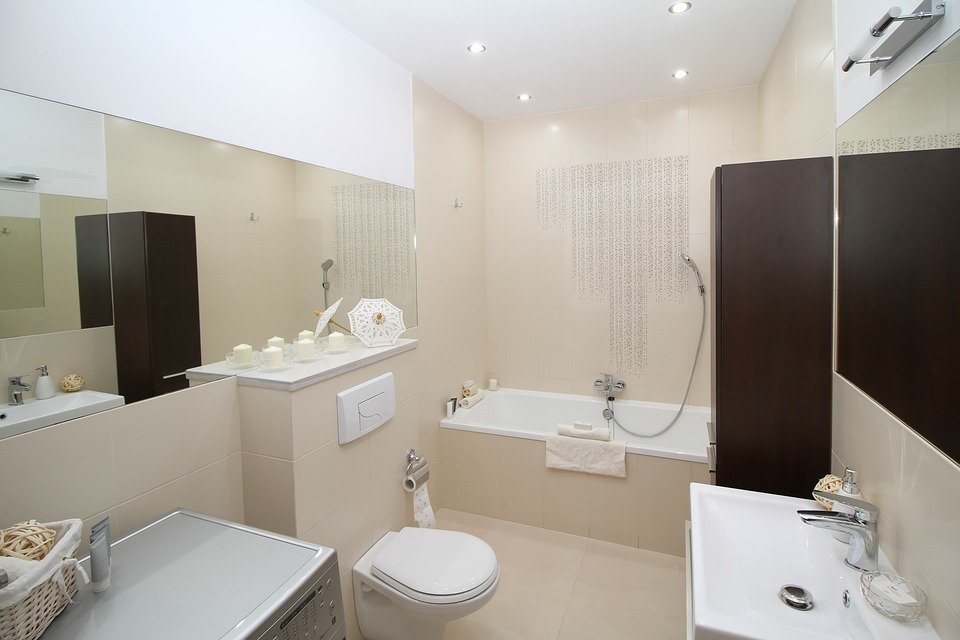
Installation and maintenance of a VMC play a very important role here, especially if this room does not have a window! Another important point: hunting for water sources. If throughout the house we will avoid stagnant water in plant cupswashing the floors without aerating afterwards or washing the dishes, you will have to pay attention to leaks in the bathrooms. Indeed, they are insidious sources of humidity! So, take a look at the drip from toilets and faucetsThen check the joints of all your pipes. Finally, we use our towel radiator if we are lucky enough to have one, but if a towel no longer dries completely, because it has become too soaked in water, we do not hesitate to put it in the wash.
5) We master drying laundry to perfection

As soon as possible, let your laundry dry outside! In fact, the moisture in the laundry evaporates as it dries and does not no other choice but to colonize our interior if it is dried there. However, except in the event of rain, frost or snow, there is no contraindication to drying clothes outside. However, if you cannot do anything other than drying indoors, prefer a closed, well-ventilated room with a window ajar for at least five minutes so that the air can absorb moisture outwards like a sponge. In all cases, leave space between clothes so that air can circulate and limit hand washes which provide poor spinning. Furthermore, do not overfill your machine so that the clothes come out better wrung. Finally, if the temperatures are negative, freeze your clothes outside ! They will dry very quickly thanks to the phenomenon of sublimation.
6) To effectively clean humidity and mold, how do we do it?
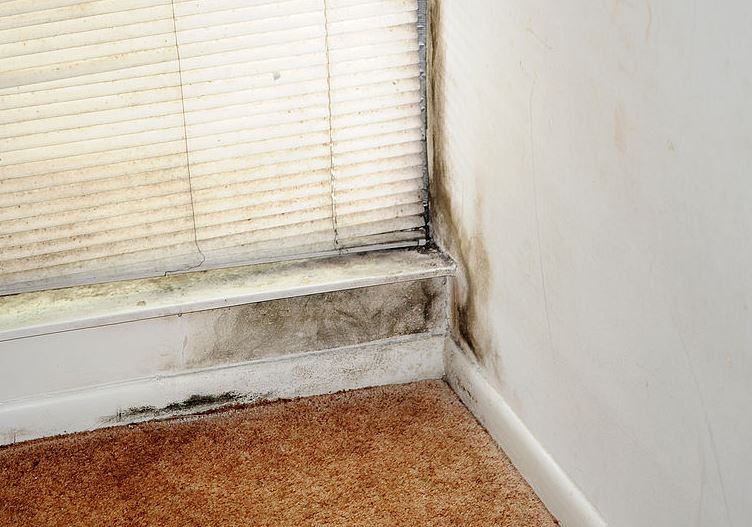
Once it’s there, you can’t leave it there. Ventilating and trying the techniques mentioned above will help a little. But the textiles and other walls are now covered. That will therefore require a little cleaning effort. So, for fabrics, we will opt for a teaspoon of salt diluted in approximately 500 ml of lemon juice to rub on them. You can also rub this solution on bathroom or kitchen tiles. After a few minutes of application, wipe with a dry cloth. For the mustyyou can mix one dose of vinegar for two of water and leave to act for 10 minutes before rinsing. Otherwise, you can also brush the affected areas with 700 ml of water mixed with two tablespoons of bicarbonate and two more of salt. However, the easiest and most effective solution consists of just water and tea tree essential oil.
If you have a big problem with excessive humidity, also invest in an air dehumidifier. If the humidity level is abnormal, also check your installations (ventilation, ventilation, airtightness, etc.). Also, if the humidity problem in the house gets out of control or you suffer from respiratory problems (allergies, asthma, etc.), call a professional. He will carry out a humidity diagnosis and provide valuable advice to the occupants of the house to eliminate infiltration.


